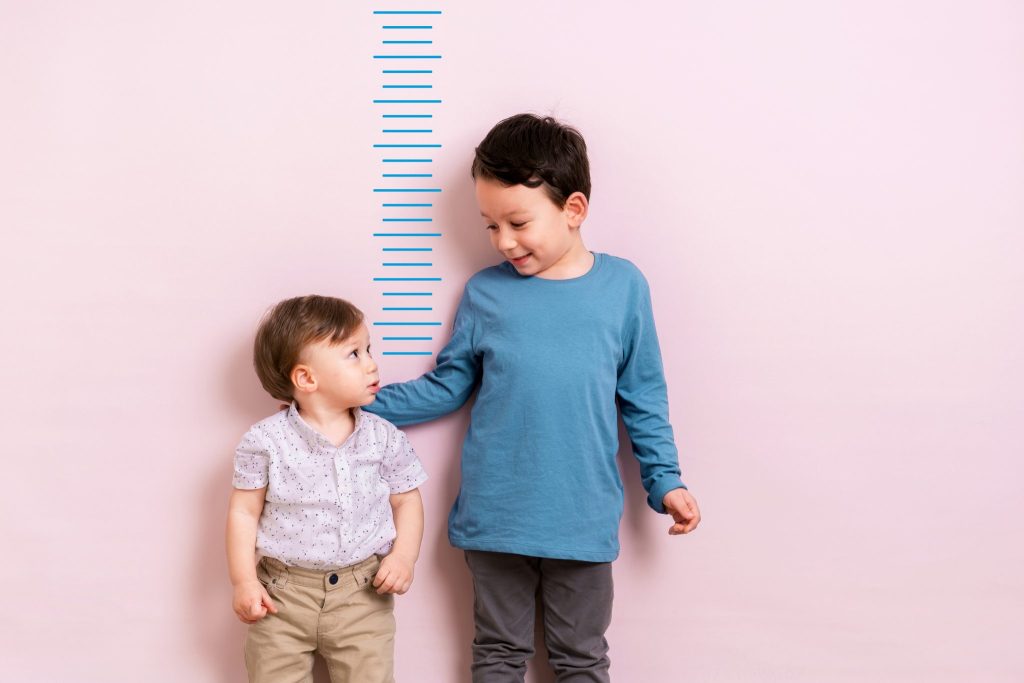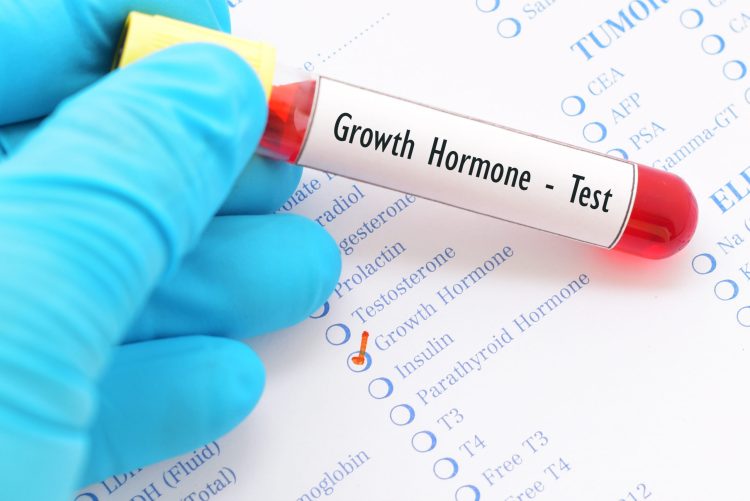The Crucial Evolution from Replacement to Enhancement
Growth hormone therapy has indeed traversed a remarkable trajectory, stretching beyond the stringent confines of mere replacement therapy to inhabit the sphere of comprehensive stature enhancement. With its expanded purview chronicled in the June 27, 2024 edition of The Lancet, this evolutionary leap warrants an intensified scrutiny on potential side effects—underscoring the increasing significance of vigilant monitoring as we stride into this broader horizon of height augmentation.
The profundity of the physiological impact delineated by an overt deficiency in growth hormone is undeniable, and replacement therapy serves as a beacon of hope for those afflicted. Yet, it is a small contingent who are categorized as manifestly deficient. For those devoid of growth hormone, the benefits of augmentation are clear, beckoning a heedful eye towards the surveillance of unintended consequences, as the therapy undergoes a transformative broaden its clinical application.
Decades of Development and the Vigil on Safety
Since its inception as a therapeutic intervention in the late 1950s, growth hormone’s role as a pivotal biochemical signal has been well established. Its facility to galvanize intracellular signaling pathways, orchestrating the metabolic activities of a multitude of cellular genres, affords it the capacity to regulate the physiological functions of diverse tissues. With the advent of biotechnology in the ensuing three decades, the genesis of recombinant human growth hormone (rhGH) was birthed to satiate an escalating demand, diversifying its indications.

The year 1985 marked a milestone with the approval of rhGH for pediatric growth hormone deficiency. This is followed by approvals for a suite of stature-related pediatric afflictions, from chronic kidney disease to Turner syndrome, Prader-Willi syndrome, small for gestational age, short stature homeobox-containing gene (SHOX) deficiency, and Noonan syndrome. In certain territories, it is sanctioned for idiopathic short stature as well.
Recently, the allure of height gain has cast rhGH into the limelight for many parents, inferred a Lancet publication, emphasizing the imperative of continuous monitoring for safety. The article references possible escalations in cancer, cardiovascular diseases, and mortality risks associated with rhGH, drawing from both animal studies and human cases where either an excess of growth hormone or compromised signaling harbored correlations with tumorigenesis. Despite this, data from pharmaceutical databases do not corroborate an elevated tumor risk among patients devoid of pre-existing cancerous predispositions.
In 2009, a pan-European collaborative effort coined SAGhE (Safety and Appropriateness of Growth hormone treatments in Europe) amalgamated a vast cohort of roughly 24,000 patients undergoing childhood growth hormone treatments. These findings articulated an absence of heightened overall cancer incidence or mortality among patients with no inherent cancer risks, albeit with a marginal uptick in specific cancers like those of bone and bladder, tempered, however, by the limitations inherent in the methodology and caseload.

The European Society of Endocrinology (ESE) in 2022 ventured into a comprehensive review of patients treated with growth hormone who had previous cancer encounters, resulting in a consensus statement pertaining to the safety of growth hormone replacement in survivors. It inferred no increase in cancer recurrence risk among those treated with growth hormone for deficiency during their childhood, with a slight elevation in secondary tumor risk. Crucially, it did not advocate growth hormone treatment for those with a genetic susceptibility to cancer.
Sweden’s population-based study following height enhancement treatments in childhood over an impressive 35-year span, encompassing over 3,400 patients, contributed further clarity. Despite a minor increase in overall tumor occurrences compared to the control group, there was no increased risk of malignant tumors post-childhood treatment with growth hormone. The nuances of treatment duration and dosage trends did not display significant correlations, allaying fears of a causal link between rhGH therapy and cancer.
This study, despite its longevity, encapsulates a cohort whose average age at conclusion was a mere 31.1 years. Hence, The Lancet stresses the import of protracted follow-ups to judiciously assess risks extending into later adulthood.
Even within the bounds of approved indications, challenges in clinical application persist. Each patient encounter demands a meticulous deliberation over known and speculative risks versus benefits, mandating an individualized assessment. Moreover, transparent communication with the patient and family, articulating treatment goals while remaining poised to re-evaluate diagnostic and therapeutic strategies, remains a cornerstone of the treatment dialogue, as conveyed by The Lancet’s narrative.


















































Discussion about this post